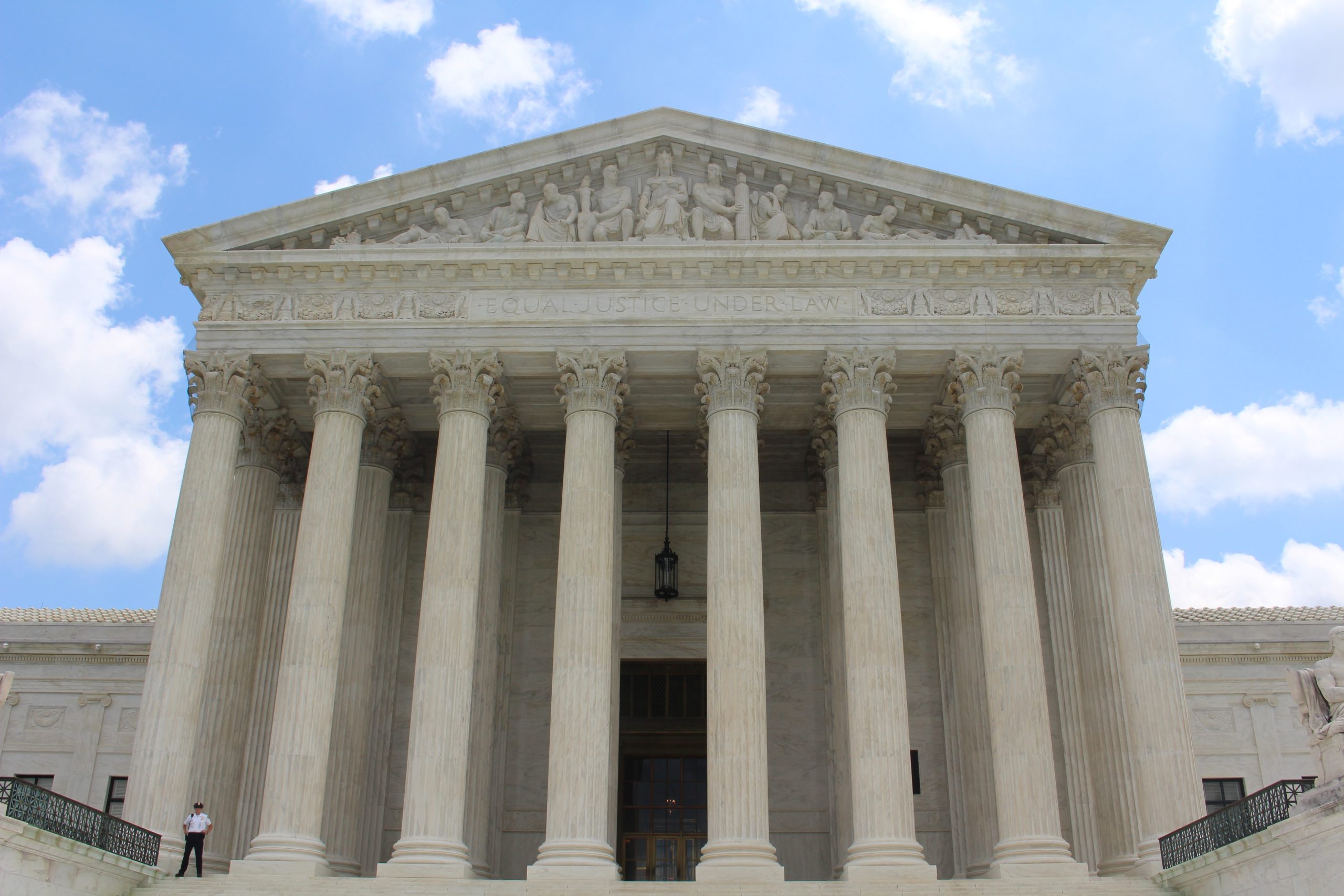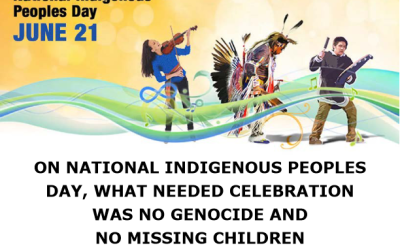Terri-Lynne McClintic, convicted of the abduction, rape and murder of eight-year old Tory Stanford, was recently moved from federal prison to a healing lodge. Canadians were surprised – to say the least – that the transfer of a convicted child murderer to a healing lodge was not something new but had being going on from 2012. While the conditions for admission provides for non-Indigenous prisoners (if the applicant-prisoner is willing to follow aboriginal programming and spirituality) the focus is clearly on Indigenous convicts.
Healing lodges conform to a philosophy that Indigenous offenders should be treated differently than other offenders. The Gladue case, a decision of The Supreme Court, declared that sentencing courts must examine an Indigenous person’s background in a different way than the court would examine the background of any other offender – even if the Indigenous offender had a perfectly normal upbringing.
Gladue sentencing generally brings a shorter jail term than would be handed to a non-Indigenous offender. Sentencing Circles, the employment of Indigenous Elders at the sentencing stage, and other special procedures pertaining to Indigenous cultural practices are all a part of a separate system for Indigenous offenders. For less serious offences the concept of restorative justice – around from the 1970s – is regularly employed. As for healing lodges, the hope is that using Indigenous culture and traditional Indigenous “healing” practices in a welcoming atmosphere will do a better job of placing offenders on the straight and narrow than is expected from conventional incarceration.
Stranger yet, eligibility for admission to a healing lodge does not seem to have anything to do with whether or not the prisoner followed Indigenous cultural practices in the past. McClintic, who had a horrific upbringing, had very little to do with Indigenous culture when growing up, yet, she was deemed eligible for placement at a healing lodge. So, a non-Indigenous convicted person from a dysfunctional background can receive harsher treatment than a convicted Indigenous person from a good home.
There is no real evidence that healing lodges and other Indigenous-specific sentencing machinery work. The softer treatment makes life much more pleasant for the inmates. Instead of waking every morning in a federal prison, having to face a hard day of prison life, fortunate Indigenous inmates wake to prayers, smudging ceremonies and an atmosphere more of a camp than a prison. If the offender also receives a shorter jail term as result of Gladue considerations, one softened in a healing lodge, what is the overall message to those victimized, if alive, and their family? Is it, their family is valued less than non-Indigenous victims.
It is difficult to imagine a crime more serious than the abduction, rape and murder of a child. Such crimes should be dealt with severely, the punishment should fit the crime. And for those who commit the most serious crimes, punishment should come regardless of race or ethnic origin. In any case, there is no convincing evidence that healing lodges, or other specialized cultural practices, do what they are supposed to do – heal the convicted and protect society.
If healing lodges are proved to be suitable for dealing with murderers, then convicted applicants should not be restricted by race.
There should be one law for everyone.



